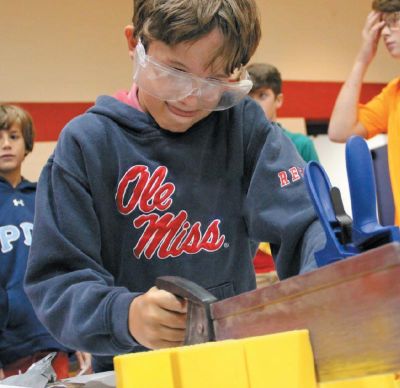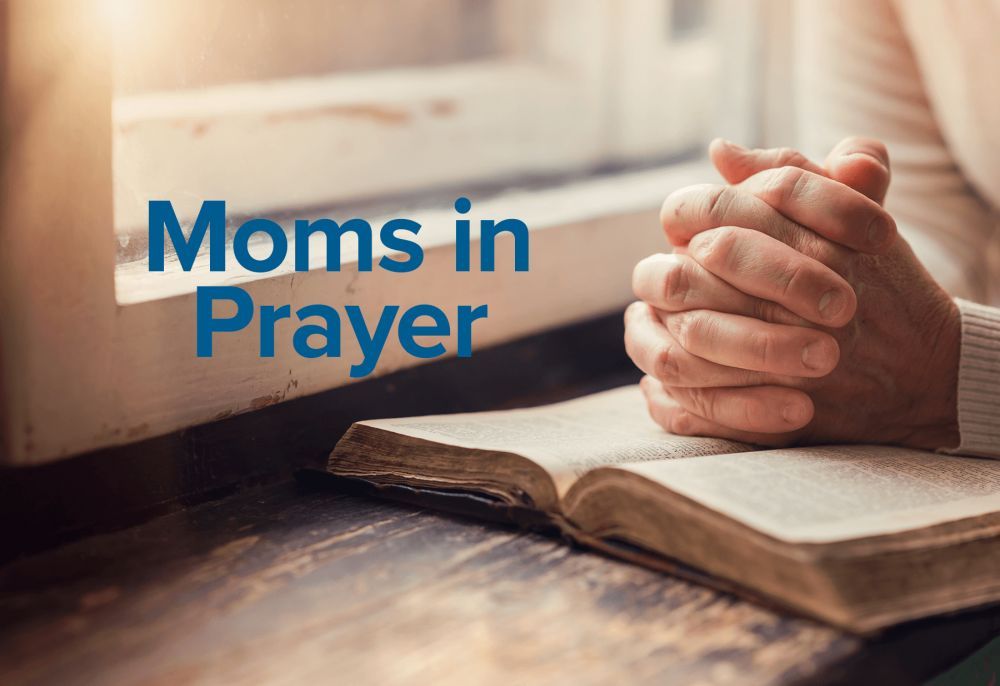Design Thinking

At PDS, we have a deep desire for our boys to become capable contributors to the world’s needs. Using our customized design thinking framework, PDS boys become need-finders and collaborate together to create products, services, experiences, or systems that fit the end-user’s needs. We call our framework EDGE and use each letter to guide the design process.
Explore the Problem
Students determine a problem that needs attention. The need could be that of students at PDS or a large scale global issue.
Develop Empathy
Developing empathy is critical to understanding the human elements of a problem and a good solution. The empathy stage helps students find a connection between the need at hand and their own experiences.
Grow Your Ideas
Students use creativity, ingenuity, inference, and collaboration skills to generate ideas for solutions. Special emphasis is placed on students understanding that “wild ideas are okay” and that they are a valuable part of the idea growth phase. One wild idea could be the opening pathway to a perfect solution.
Evaluate Prototypes
Prototypes may be grand three-dimensional objects or a simple sketch, experience, or service. Regardless of the size or structure, students spend time evaluating their own work. They look critically at the prototype and ask, “Is this the best that we can do?” Reflection is a key component of the design process and a necessary step in reaching the ultimate goal of a meaningful solution.
Curriculum Overview by Grade
Early Childhood
Elementary
Curriculum Overview: Special Areas

1
We intentionally educate and nurture the heart, soul, mind, and body of each boy.
Guiding Principles

2
We know, nurture, and love each boy as a unique child of God.
Guiding Principles

3
We teach the Bible and model the Christian faith to our boys.
Guiding Principles

4
We aren't just teachers; we are life-long learners and students.
Guiding Principles

5
We push students to engage as thinkers.
Guiding Principles

6
In an increasingly connected world, our curriculum has a global perspective.
Guiding Principles

7
Flexible teaching strategies seek to maximize learning for each boy.
Guiding Principles

8
Our assessments aren't just a way to measure learning — we want our boys to demonstrate understanding.
Guiding Principles

9
We seek to enroll boys from diverse backgrounds.
Guiding Principles

10
We seek balance and excellence in all we do.
Guiding Principles

11
We aren't just boy-friendly; we're boy-specific.
Guiding Principles

12
Our program sets a foundation of learning that will help boys thrive beyond PDS.
Guiding Principles

13
We take time to make sure our faculty and staff are growing spiritually.
Guiding Principles

14
We hold high standards for ourselves, pushing ourselves to reflect, renew, and grow.





